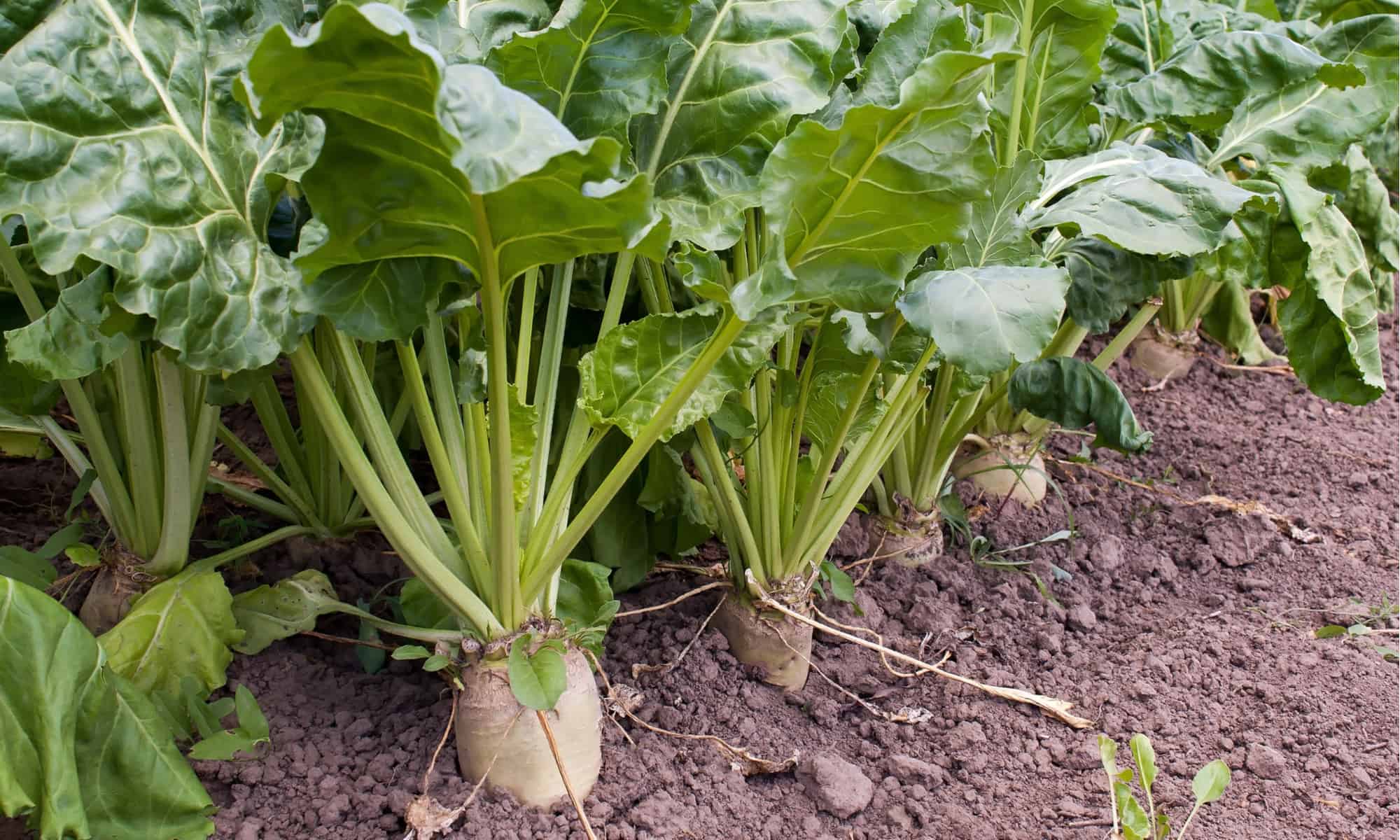Many people compare beet sugar vs cane sugar to understand their variations in taste and consistency.
Checking Out the Distinctions being used and Benefits In Between Beet Sugar Vs Cane Sugar
In the culinary world, the selection between beet sugar and cane sugar is not simply about sweetness but includes a nuanced factor to consider of flavor, application, and influence. While both sugars come from various plants, each undergoes special manufacturing procedures that subtly influence their characteristics and viability for various meals. As chefs and consumers increasingly prioritize both the ecological and taste accounts of their ingredients, recognizing these differences ends up being essential. This expedition supplies insight into just how each sugar type can best boost cooking developments.
Beginnings and Manufacturing Procedures of Beet and Cane Sugar

Cane sugar, on the various other hand, comes from the sugarcane plant, a tropical yard belonging to Southeast Asia and now grown in tropical zones worldwide. The manufacturing of cane sugar starts with the harvesting of cane stalks, which are crushed to launch the juice. This juice is after that steamed to focus it, after which it is rotated in centrifuges to create raw sugar crystals. These crystals are more fine-tuned to produce the white sugar generally offered in shops.

Nutritional Material and Health And Wellness Considerations

When comparing the dietary material of beet sugar and cane sugar, it becomes evident that both types basically give the exact same caloric values, with around 16 calories per teaspoon and no considerable nutrient diversity. Each is made up practically completely of sucrose, which is a straightforward carb that uses fast energy however does not have vitamins, minerals, or fiber. This resemblance reaches their effect on wellness, especially worrying blood sugar degrees. Both sugars, when eaten over, can add to raised blood sugar levels, a danger variable for diabetes and various other metabolic disorders. Furthermore, extreme consumption can bring about weight gain and dental issues, as both sugars are equally cariogenic, promoting tooth degeneration. From a health perspective, moderating consumption of any kind of sugar, whether from beet or cane, is advisable to stay clear of these possible adverse impacts on well-being. Hence, neither holds a distinct benefit over the various other in regards to health and wellness benefits.
Taste Profiles and Culinary Applications
Despite their comparable chemical frameworks, beet sugar and cane sugar differ discreetly in taste, which can affect their usage in numerous cooking contexts. Walking stick sugar frequently lugs a hint of molasses, even in its polished form, offering a warm, caramel-like touch that enhances baked goods, coffee, and chocolate-based recipes. On the other hand, beet sugar is characterized by its very fine-tuned, neutral taste, making it a functional sweetener go to my blog that does not change the taste accounts of recipes.
Ecological Influence and Sustainability
While both beet and cane sugars are acquired from plants, their environmental effects vary considerably due to the unique techniques of cultivation and processing required for each. Sugar beet cultivation usually entails comprehensive mechanization, which can raise fossil fuel consumption and carbon exhausts.
Moreover, the handling of sugarcane often produces a significant amount of waste, consisting of bagasse, which, although usable as biofuel, often adds to air pollution if shed inefficiently. Sugar beet processing makes use of even more of the raw products, leading to less waste. Both markets encounter difficulties in minimizing their ecological impacts, yet continuous technologies in agricultural techniques and waste monitoring are intending to boost sustainability.
Economic Elements Affecting the Sugar Industry
The financial characteristics of the sugar sector are dramatically influenced by global market needs and profession policies. Variables such as tariffs, aids, and global trade contracts play crucial functions fit the affordable landscape. As an example, in areas where sugarcane or sugar beet production is subsidized, producers useful link might have a financial advantage that enables them to supply lower costs on the international market. This can produce differences in success and market gain access to for manufacturers in countries without such subsidies.
Furthermore, variations in international demand for sugar, influenced by dietary trends and industrial usage in foodstuff, directly effect costs and production levels. beet sugar vs cane sugar. Weather conditions likewise play an essential function, as they can substantially influence crop yields and, consequently, the supply chain. This irregularity presents a degree of financial unpredictability that can result in financial investment volatility in sugar manufacturing industries, affecting choices from a knockout post growing to market approach
Final Thought
In final thought, both beet and cane sugar have one-of-a-kind qualities that fit different cooking demands. While cane sugar imparts a rich flavor suitable for boosting baked goods, beet sugar's nonpartisanship is ideal for lighter recipes.